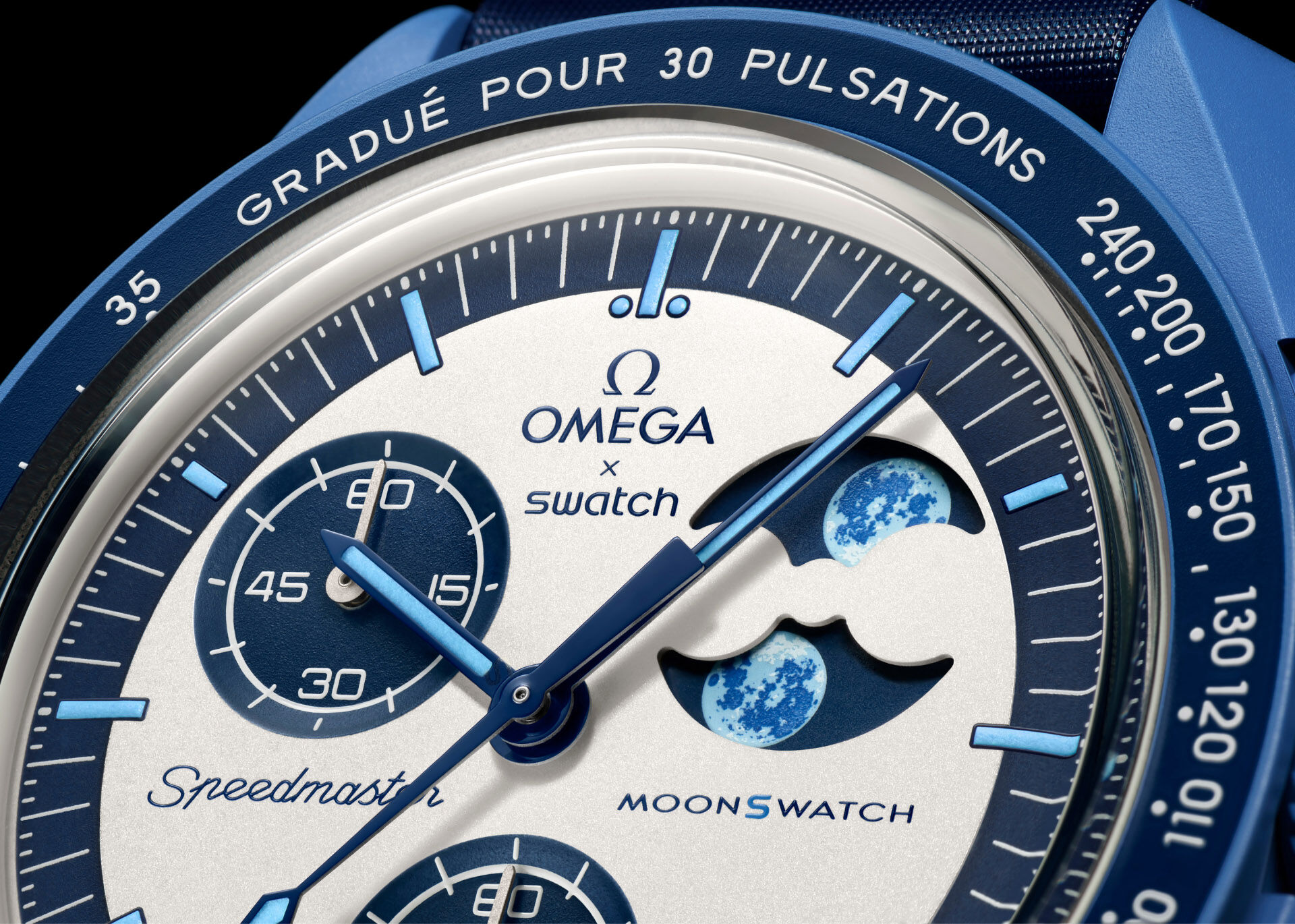The history of Omega watches is just as rich and iconic as Rolex, with a legacy tied deeply to space exploration, the Olympics, and military precision. Here’s a streamlined overview of Omega’s history:
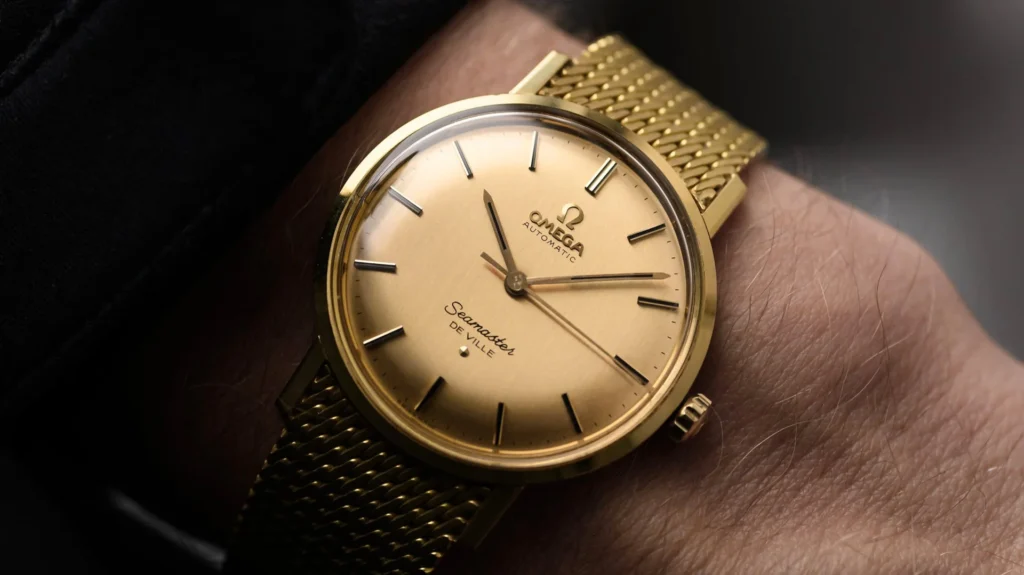
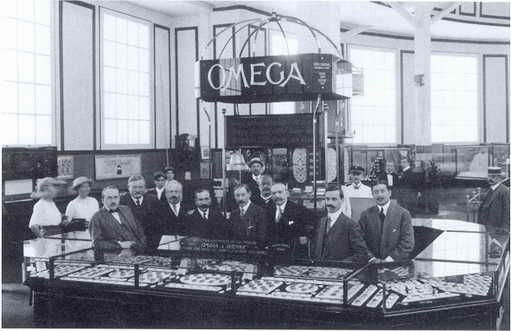
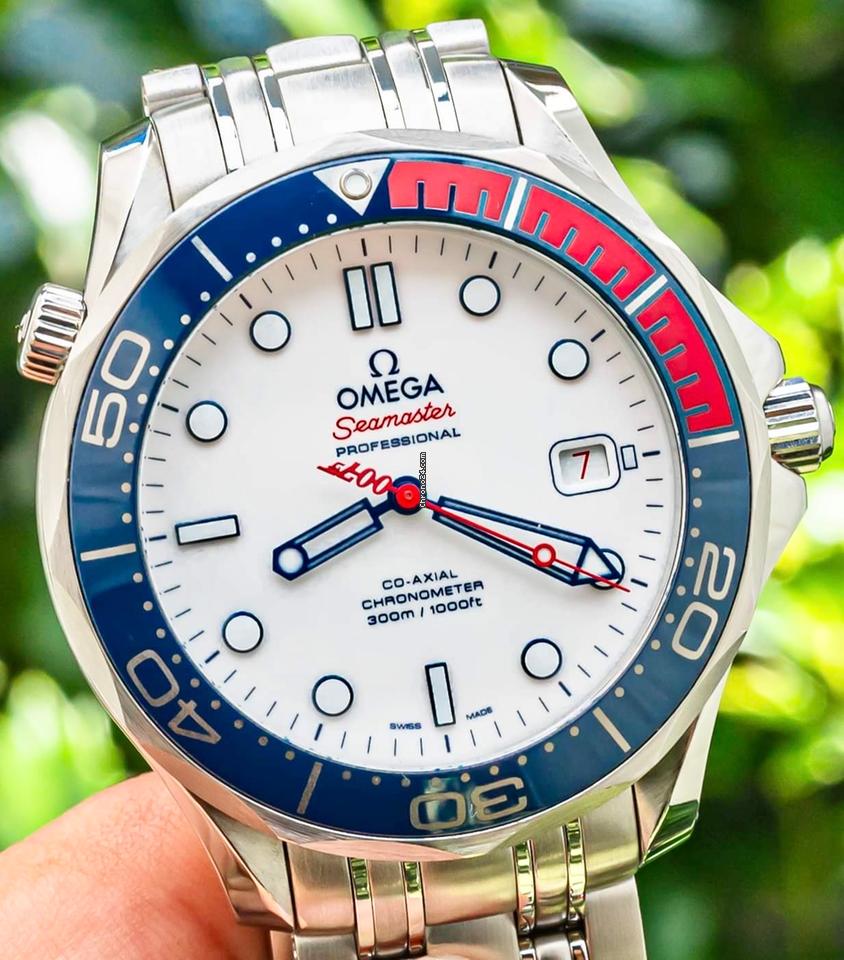
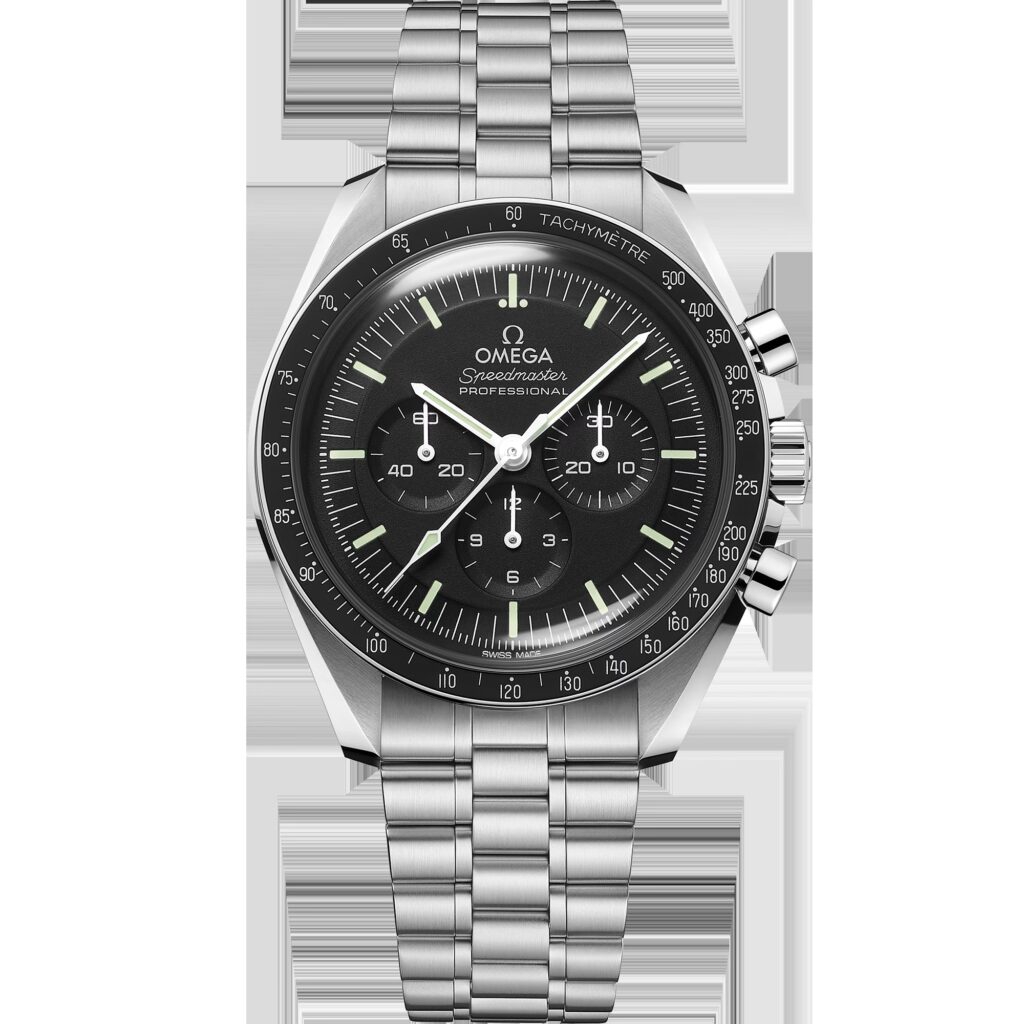
1848 – The Beginning
Started as a small workshop assembling key-wound pocket watches from parts supplied by local craftsmen.
Founded by Louis Brandt in La Chaux-de-Fonds, Switzerland.
1894 – The Omega Caliber
The movement’s success was so massive that the company was renamed “Omega Watch Co.”
Brandt’s sons developed the revolutionary Omega 19-ligne caliber – a movement that was extremely accurate and easy to repair.
Early 1900s – Growth and Innovation
Supplied watches to militaries (especially during WWI).
Omega gained a reputation for precision, winning awards at observatory trials and becoming the official timekeeper for numerous sporting events.
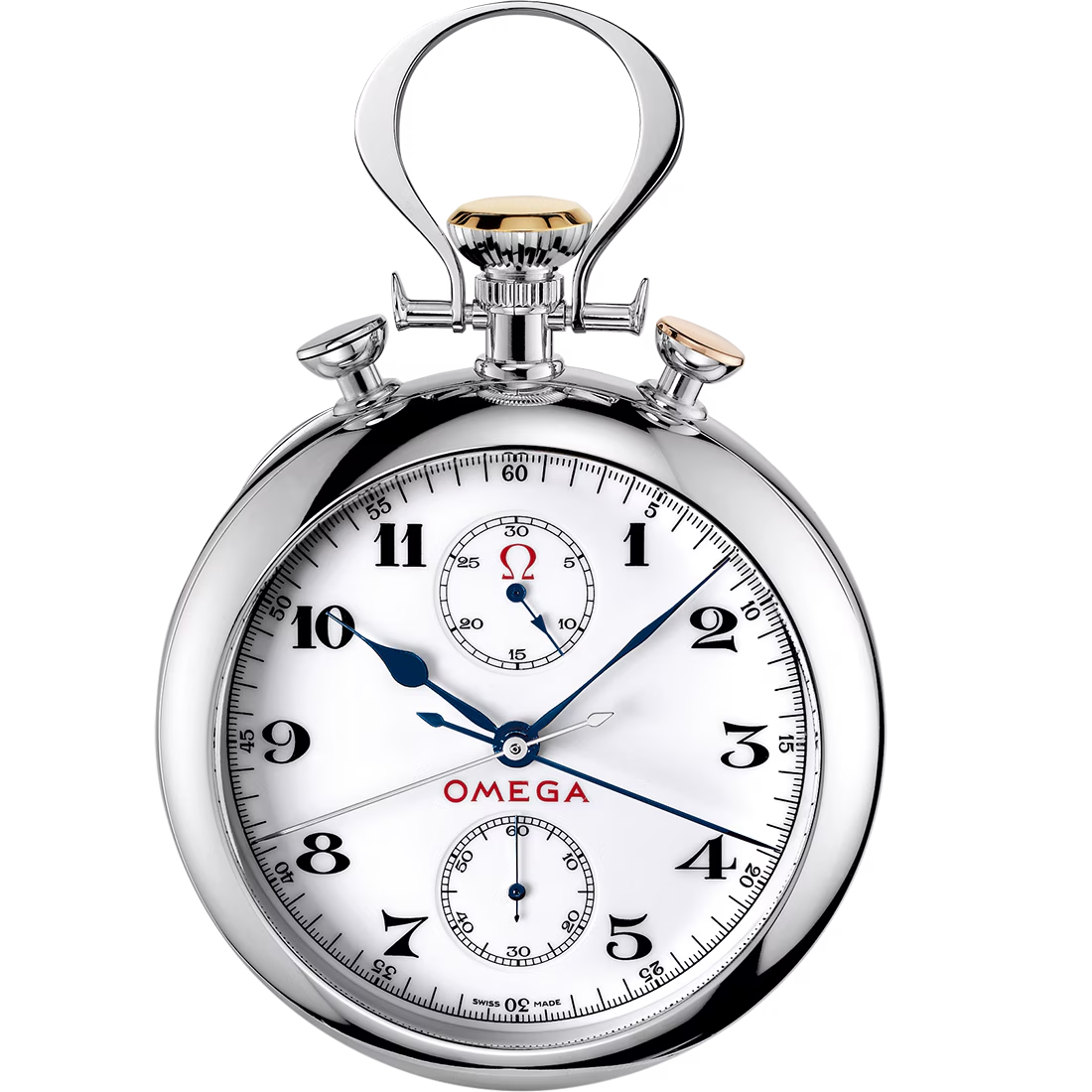
1932 – Official Olympic Timekeeper
- Omega became the official timekeeper of the Olympic Games – a role it still holds today.
- Introduced one of the first photo-finish and electronic timing systems for athletics.
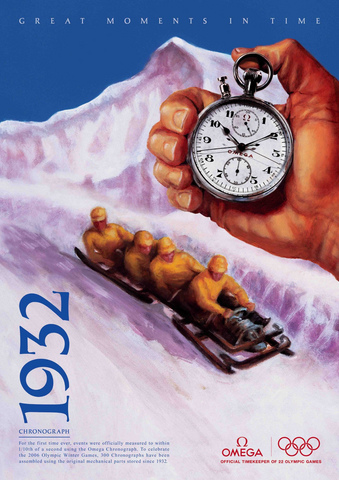
1948 – Seamaster Line Debuts
Became a signature dive/sport watch.
Released to commemorate Omega’s 100th anniversary.
Seamaster was inspired by the waterproof watches Omega made for the British Royal Navy during WWII.
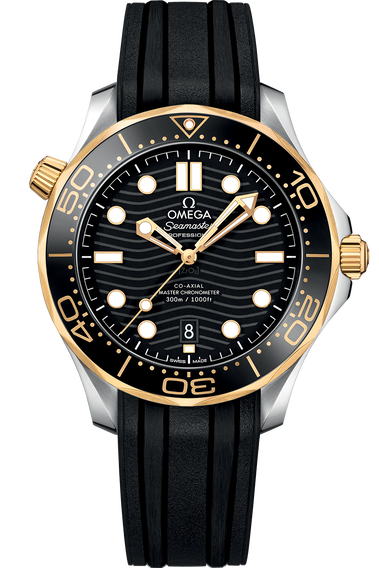
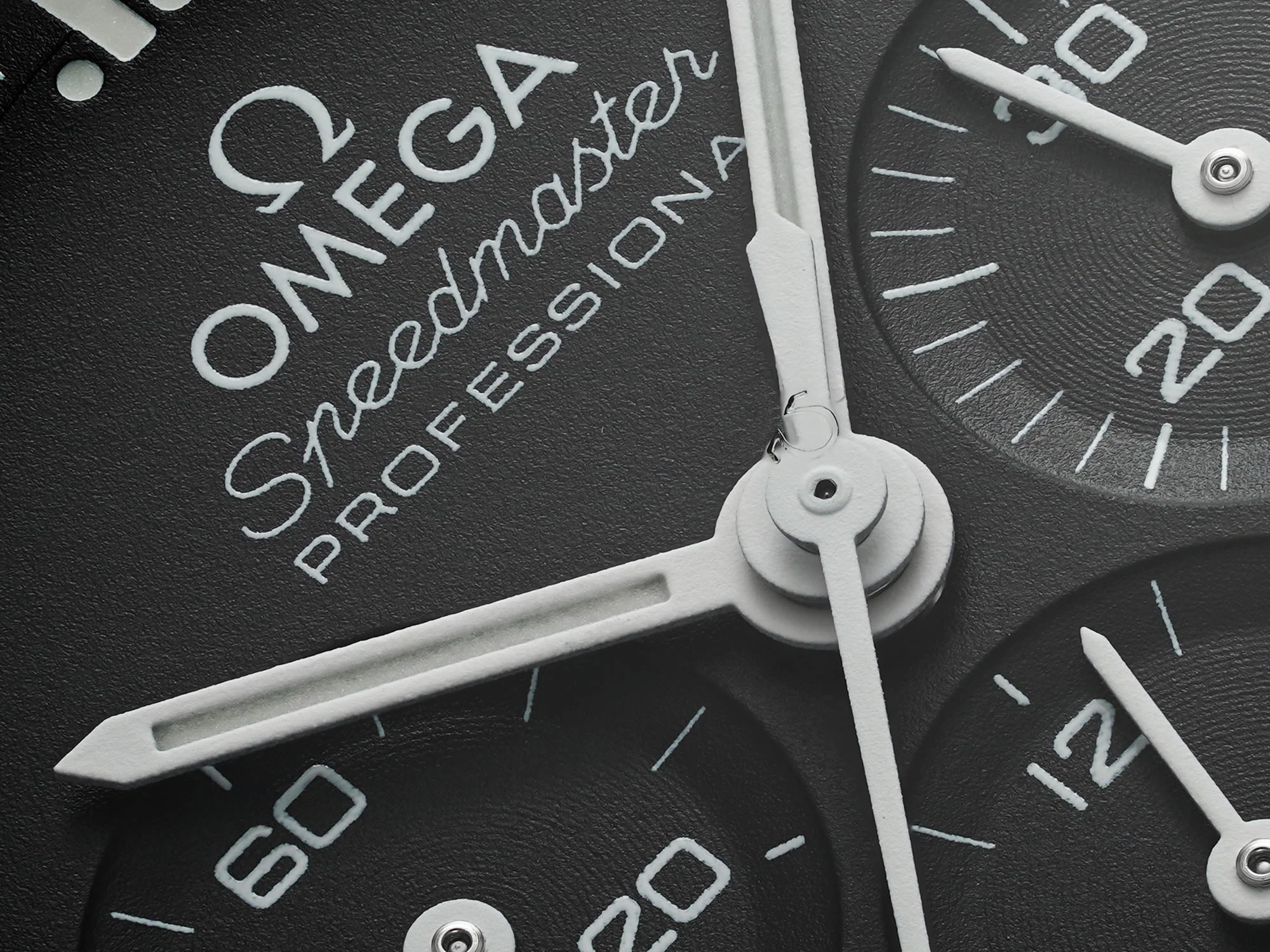
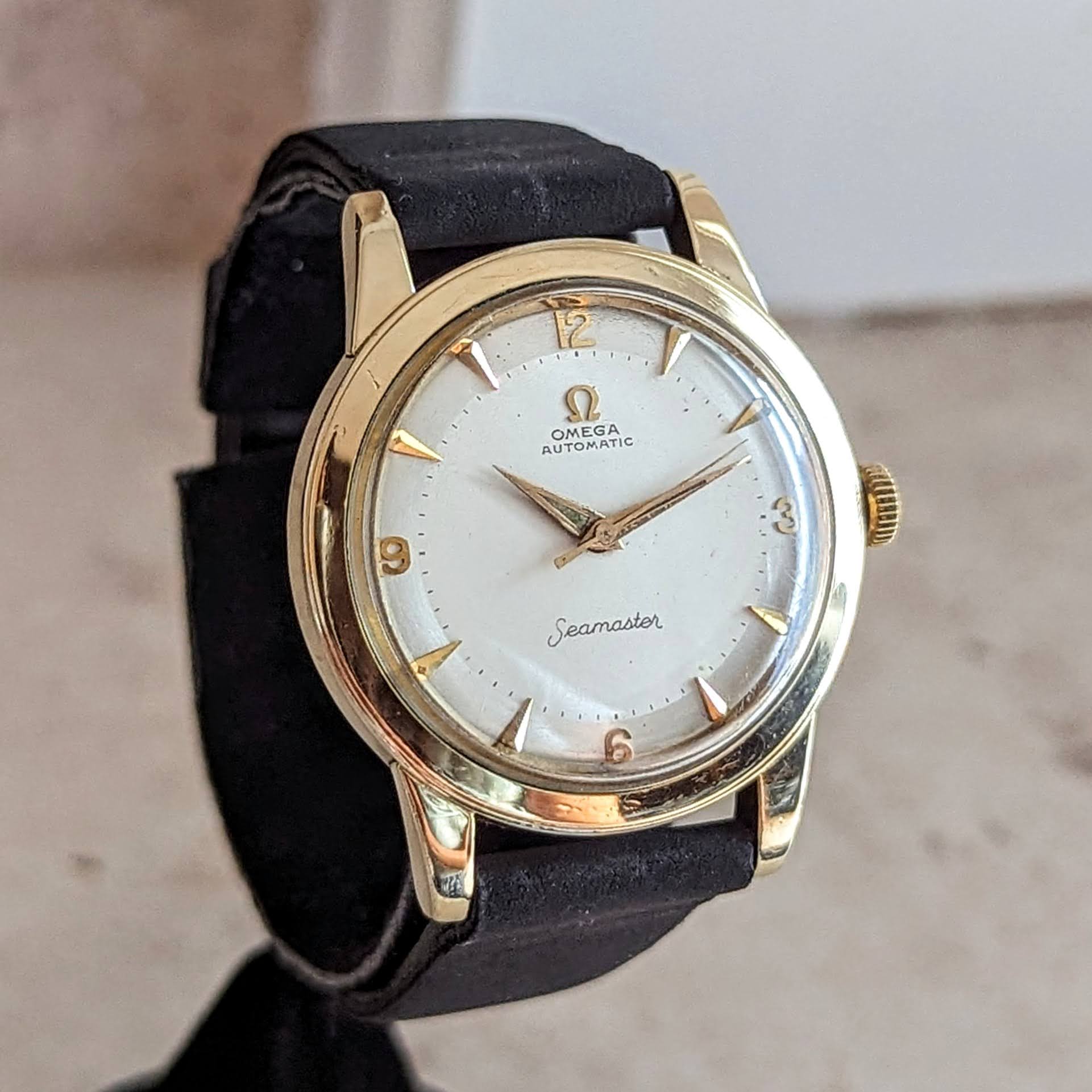
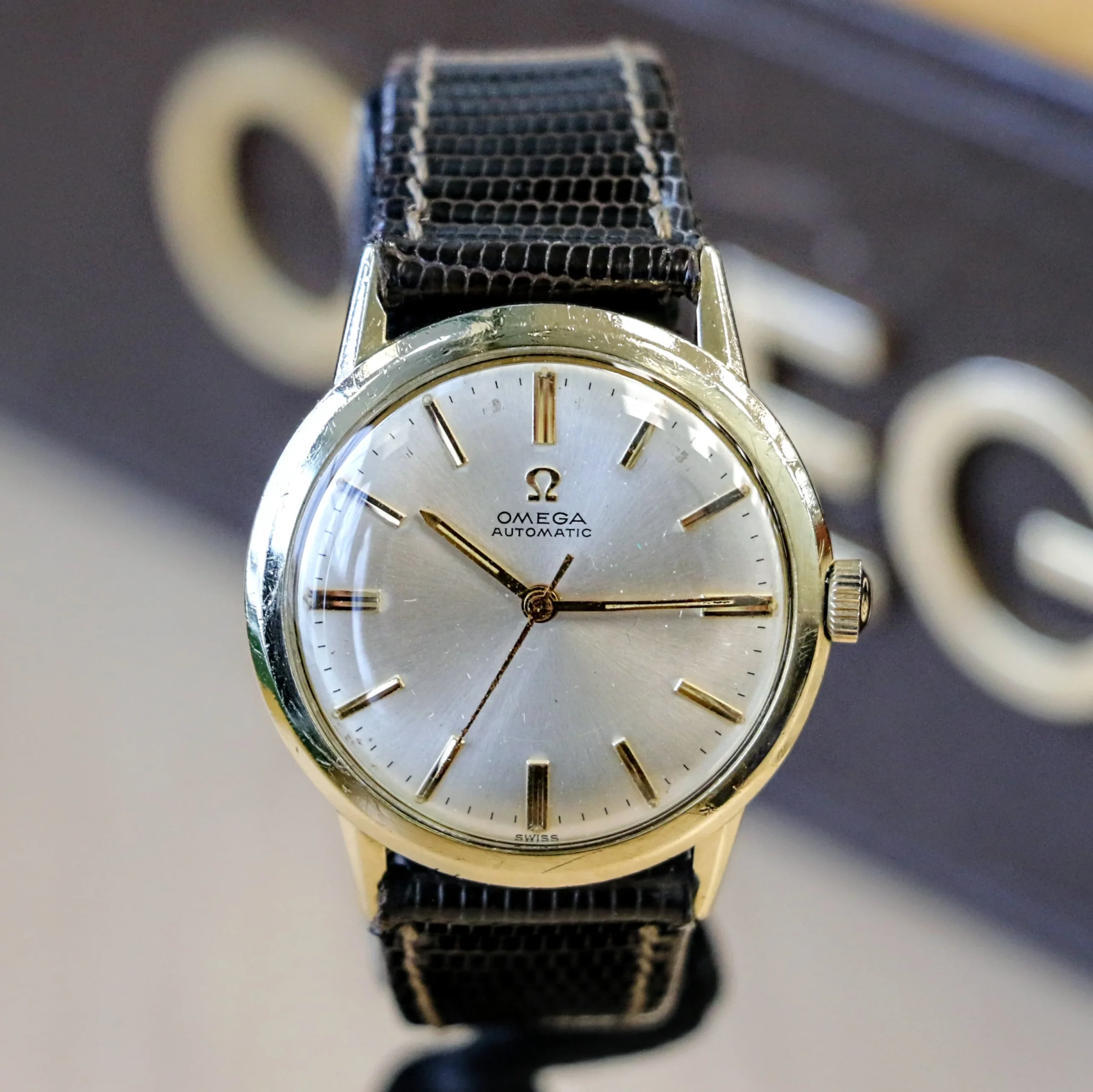
1957 – Professional Collection Launch
Omega introduced its “holy trinity” of professional tool watches:
- Speedmaster – chronograph designed for racing (later chosen by NASA).
- Seamaster 300 – for divers.
- Railmaster – anti-magnetic watch for scientists and engineers.
1969 – Speedmaster Goes to the Moon
Nicknamed the “Moonwatch“.
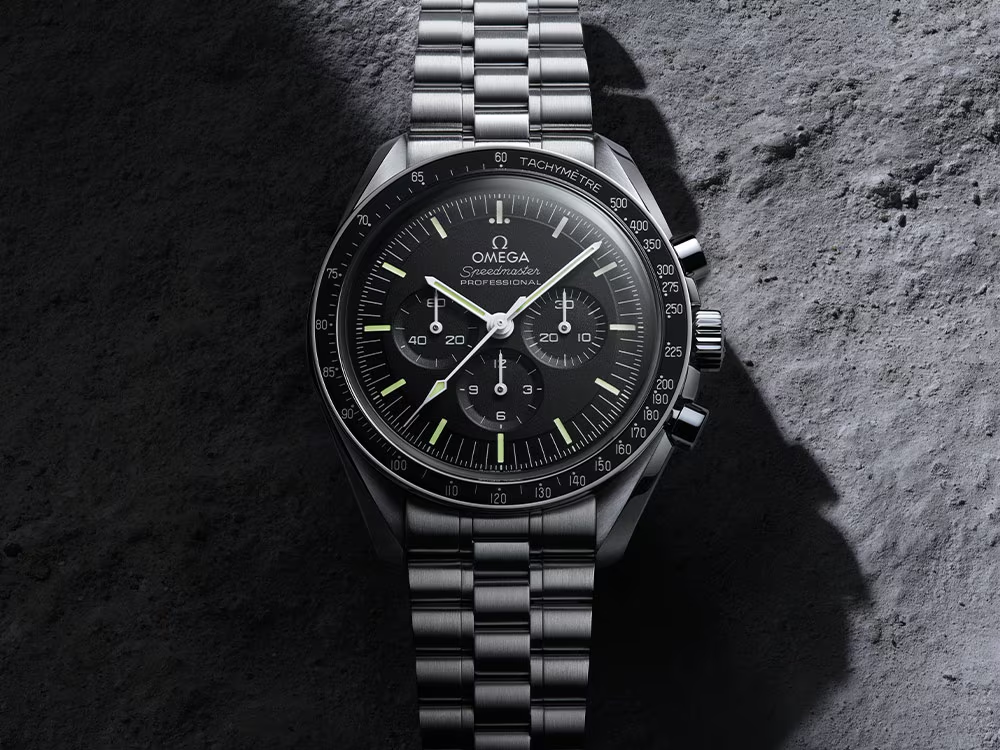
Omega Speedmaster Professional became the first watch worn on the moon.
Chosen by NASA for the Apollo program after passing brutal qualification tests.

What is your process working in smaller projects?
Études offers comprehensive consulting, management, design, and research solutions. Our vision is to be at the forefront of architectural innovation, fostering a global community of architects and enthusiasts united by a passion for creating spaces. Every architectural endeavor is an opportunity to shape the future.
1980s–1990s – Quartz Crisis & Comeback
- Like many Swiss brands, Omega was hit hard by the quartz revolution.
- Regained prominence with strong marketing, especially through:
- Endorsements (e.g., James Bond starting with GoldenEye in 1995).
- High-profile events and celebrity ambassadors.
2000s–Present – Co-Axial Innovation & Prestige
Continues to lead in luxury, precision, and innovation.a passion for creating spaces. Every architectural endeavor is an opportunity to shape the future.
Introduced Co-Axial escapement (developed by George Daniels) – a major advancement in mechanical movement durability and accuracy.
Became known for its METAS-certified Master Chronometers, resistant to magnetic fields up to 15,000 gauss.
Today
- Omega is part of the Swatch Group, one of the largest watch conglomerates.
- Core collections include:
- Speedmaster
- Seamaster
- Constellation
- De Ville
